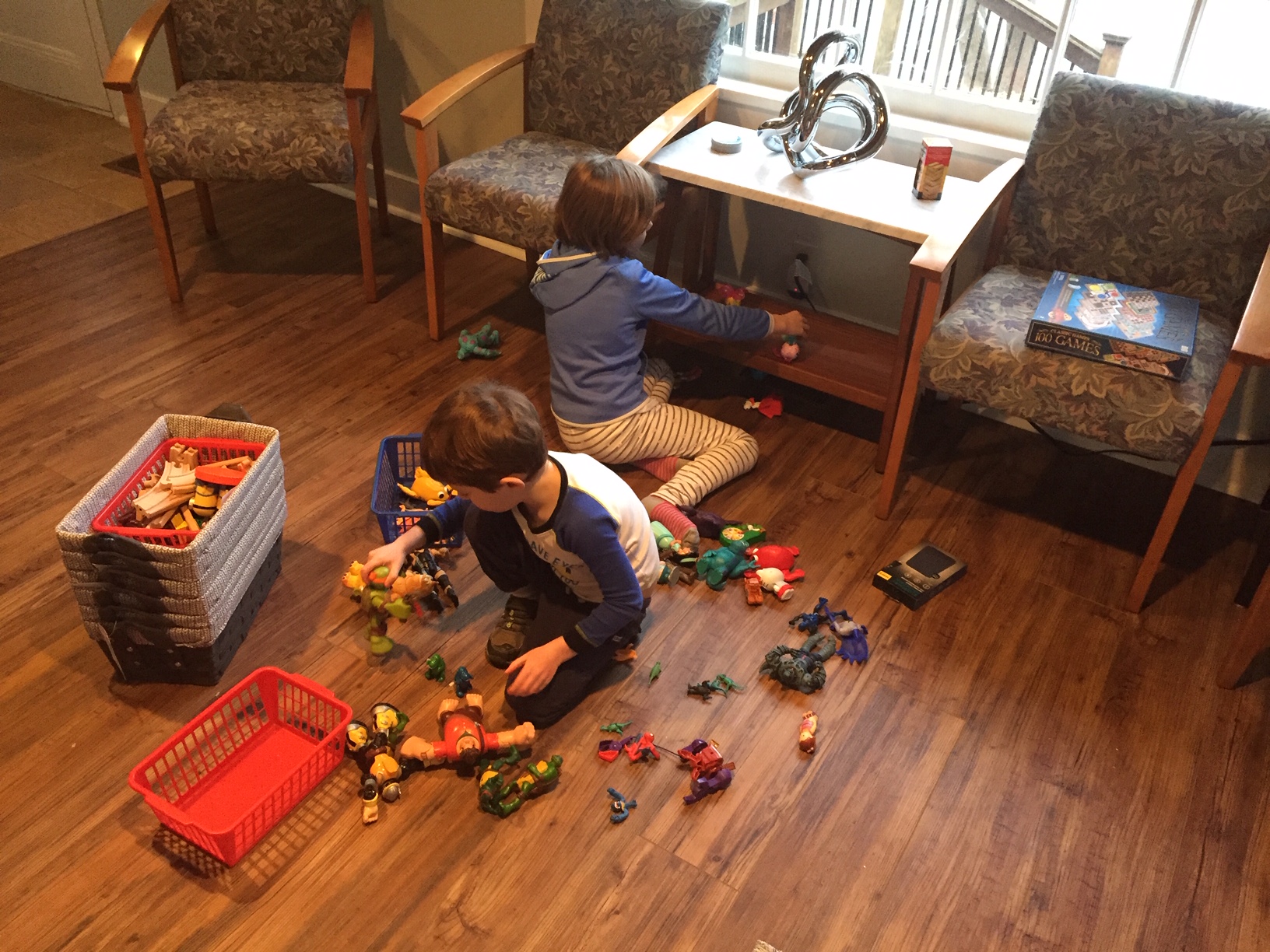Many of us want things to be different this year.
To feel different, to look different, to extract from our time something more than last year. From the outset, I try to remember that the one gift we are given that we can simply cannot make more of is time — it spends itself at the same rate and rhythm no matter how we fill it.
Fill your time with things that restore you.
I recognize that this is easier said than done, but it can be done by choosing to make time for things you want or miss or need. I encourage folks to think about one or two things they want to add or improve upon and then allocate five minutes to it every single day. No matter what.
Go with others beside you.
There are many paths you can go down to reach the same goal, and many goals reached from that one path. The point for me, as a person and a professional, is to pick a path and to ask others to walk with us on it. It can be difficult to predict whether this path will send us forward, backward, sideways, or in a different direction. It can be even harder to trust that others will be willing to walk with us when darkness falls on the path we have set out upon.
Always forward.*
As the first few weeks give way to February, I imagine that many of us will start wondering if we have what it takes to hold fast to our resolutions. My advice is to shake the snow globe by looking for a fresh perspective on your habits and then rebooting by taking action with others.
It can often feel impossible to move beyond IF and SHOULD, but I think joy and hope are found in things we WILL and CAN do this year. The IFs are mostly unanswerable, and the SHOULDs are usually unbearable. But there are so many things we CAN do if we break things down, start small, look to others when we reach setbacks, and trust the process WILL continue to unfold.
*Yes this mantra is borrowed from Marvel Comics.








